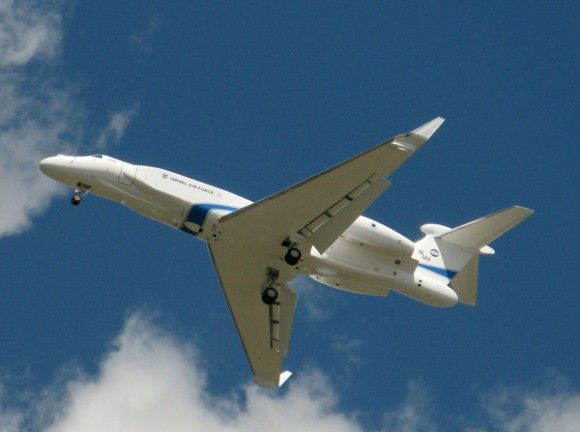Armed Forces
“Fighting” Boxer Vehicles for Lithuania. Agreement To Be Signed In August
The Lithuanian Ministry of Defence announced that it is planning to sign an agreement concerning the procurement of the Boxer armoured carriers this month. Vilnius is going to acquire vehicles which are expected to be more heavily armed, in comparison with the platforms which are being currently operated by the Bundeswehr or by the Dutch Army.
According to the announcement issued by the Lithuanian Ministry of Defence, the agreement concerning the prospective procurement of the Boxer vehicles is expected to be signed on 22nd August, by and between the Lithuanian Ministry of Defence and the OCCAR organization which acts as an intermediary party within the scope of the procurement processes related to the vehicles manufactured by the Artec GmbH company, a joint venture between KMW, Rheinmetall MAN Military Vehicles and Rheinmetall MAN Military Vehicles Nederland. On the basis of that agreement, Lithuania is going to receive 88 carriers, including 84 examples in an IFV variant (Infantry Fighting Vehicle) and four command vehicles.
According to the information available, the vehicles are to be received by Vilnius by 2020 – the cost is estimated as EUR 400 million. The armament of the said platform is to be installed within an unmanned turret, including 30 mm cannon, Spike ATGM launchers and machine guns. This means that two battalions of the Lithuanian “Iron Wolf” brigade would receive the most heavily armed Boxer carriers ever manufactured. The vehicles utilized by Germany and the Netherlands feature only a remotely controlled armament module which may be fitted with grenade launchers or machine guns.
It shall be recalled though that Germany, after the Ukrainian crisis began, has tightened its military collaboration with Lithuania. Vilnius has received a number of the surplus PzH 2000 howitzers from the Bundeswehr, we could have also witnessed numerous German deployments in Lithuania, involving the Boxer vehicles or the PzH 2000 self-propelled howitzer units. Next year Germany is going to take over the framework nation role, when it comes to the NATO battalion battle group stationed in Lithuania.
At the moment, the “Iron Wolf” unit is using the obsolete M113 vehicles. Lithuania, within the period following the Ukrainian crisis, began to expand its defence budget, as the expenditure, from the level below 1% of the GDP in 2013, is expected to reach the level of 2% by 2018. At the moment, the indicator mentioned above is defined as 1.48% of GDP. This made it possible to expand the army quantitatively (also through reinstatement of conscription) and to acquire new armament, including the Polish Grom MANPADS systems, Javelin ATGMs, or the PzH 2000 howitzers and the Boxer platforms. Vilnius is also looking forward to acquiring the NASAMS air defence system.

